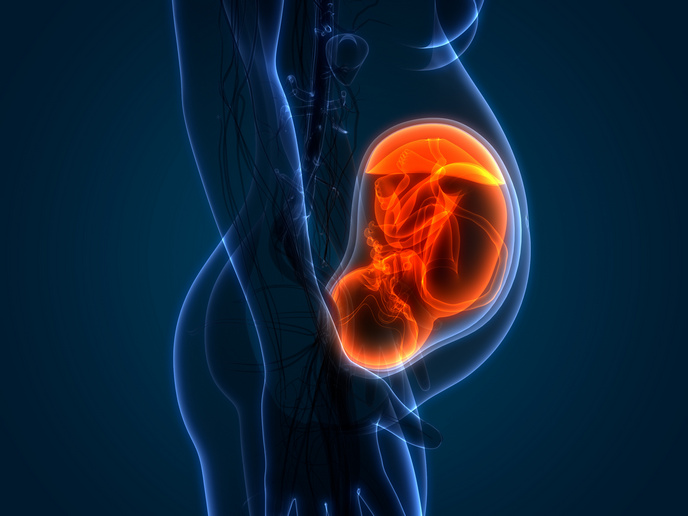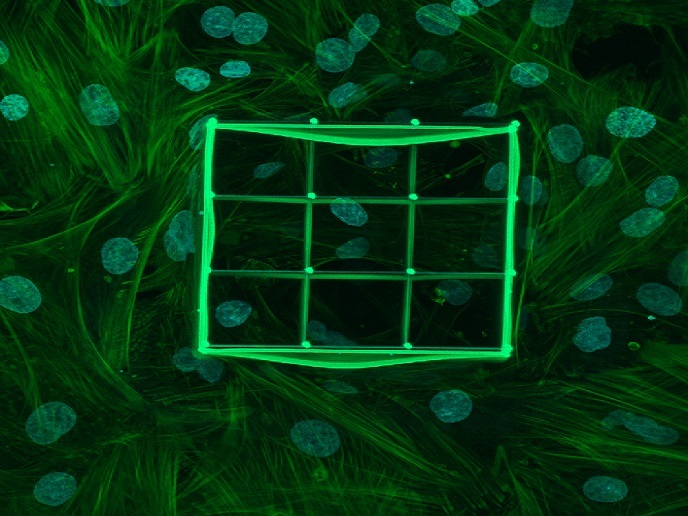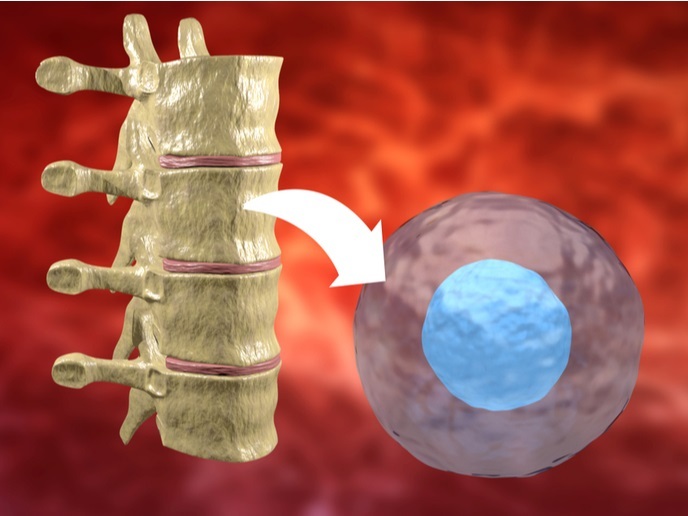Stem cell therapy in degenerative diseases
The organism makes new cells all the time. Some specialised cells, such as blood and muscle cells, are unable to make copies of themselves through cell division. Instead, they are replenished from populations of stem cells. Stem cells may also hold the key to replacing cells lost in many devastating diseases for which there are currently no cures. 'Optimisation of stem cell therapy for clinical trials of degenerative skin and muscle diseases' (OPTISTEM) is an EU-funded project investigating how stem cells could be used to treat degenerative diseases of skeletal muscle or epithelia such as skin or the surface of the eye. The project includes 18 partners from six European countries. OPTISTEM combines basic research about stem cells with pre-clinical work and CTs. The project began in March 2009 and will run for five years. Primarily, project members aim to develop cell therapy trials for patients with muscular, skin or ocular disorders. To support and optimise CTs, large animal models are being used for in-depth investigation of the strategy. Small animal models and cell models are being employed to characterise pathways that control stem cell activity. A preliminary validation study for children affected by Duchenne muscular dystrophy (DMD) has been completed. The CT based on transplanting mesoangioblasts (muscle stem cells) in DMD patients started in March 2011. In total, five patients have undergone the transplant and only one serious adverse event has been observed. The first effective autologous cell therapy CT of stem cell-derived cornea transplantation has been completed, demonstrating the potential of stem cell therapeutics in treating a common disorder. Three patients with massive unilateral destruction of the corneal surface have been treated with eye stem cells from their healthy eye. During the course of OPTISTEM a total of 10 patients with one or two blind eyes have been treated. So far, all patients treated had a substantial improvement of corneal transparency, an amelioration of the clinical signs and an improvement of visual acuity in the treated eye. Researchers also identified a new type of muscle stem cell, novel methods to generate muscle stem cells from reprogrammed cells and new factors important for muscle formation. Results of the project were presented in more than 70 publications and are available on the project website(opens in new window) . Stem cells have great potential for treating disease. OPTISTEM aims to find the way for new stem cell therapies through a combination of basic stem cell biology, pre-clinical work and CTs.







